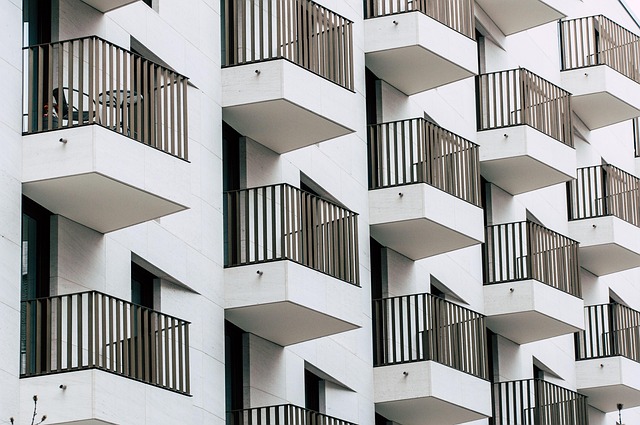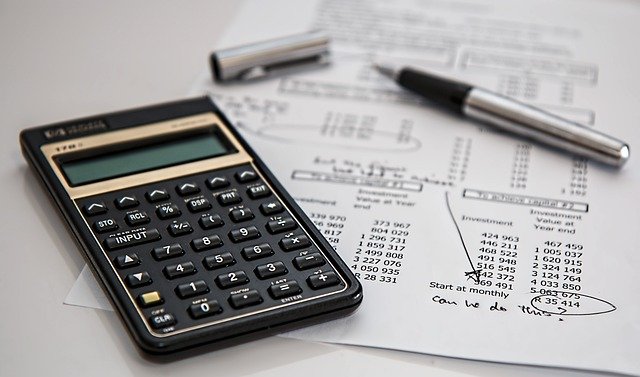Thinking About a New Home? Explore Fast, Green, and Flexible Ways to Build in Australia for 2025
Building a new home in Australia in 2025 offers more options than ever before. Advances in factory-built housing, including modular, prefab, and kit homes, provide practical and efficient alternatives to traditional construction. These methods combine speed, design flexibility, and sustainability to meet the evolving needs of homeowners.

The Australian housing landscape is transforming as homeowners seek smarter, more efficient ways to build. Prefabricated homes—constructed partially or wholly in factory settings before being assembled on-site—are gaining significant traction as we move toward 2025. This approach to home building addresses several pain points in traditional construction, from lengthy timelines to environmental concerns and rising costs. With advancements in technology and design capabilities, prefabricated homes now offer solutions that combine practicality with aesthetic appeal, making them worth serious consideration for prospective homeowners across Australia.
How Much Faster Are Factory-Built Homes to Construct?
The speed advantage of prefabricated construction is perhaps its most compelling feature. While conventional building methods typically take 8-12 months to complete, prefabricated homes can often be ready for occupancy in just 12-16 weeks from the manufacturing start date. This dramatic time reduction stems from several factors. Factory construction eliminates weather delays, allows for parallel processes (site preparation can occur simultaneously with module construction), and benefits from assembly-line efficiency.
The controlled environment of factory production also means fewer construction errors and rework requirements. Materials arrive precisely when needed rather than sitting on-site exposed to potential damage or theft. For homeowners, this translates to reduced financing costs during construction and quicker occupancy. In Australia’s varying climate zones, this timing advantage becomes particularly valuable, allowing projects to progress regardless of seasonal weather patterns that might otherwise halt traditional building work.
What Design Flexibility Do Modern Prefab Homes Offer?
Today’s prefabricated homes have shed their cookie-cutter reputation. Modern manufacturing techniques allow for remarkable customization, with many Australian manufacturers offering extensive design flexibility. Homeowners can select from modular designs that can be configured to suit specific site requirements and personal preferences, or choose fully custom designs that rival architect-designed traditional homes.
The flexibility extends beyond initial construction. Many prefabricated homes are designed with future adaptability in mind, allowing for relatively straightforward additions or reconfiguration as family needs change. This adaptability makes them particularly suitable for growing families, multi-generational living arrangements, or those planning to age in place. Additionally, prefabricated construction lends itself well to challenging sites—including rural locations, narrow urban blocks, or sloped terrain—where conventional building might prove difficult or prohibitively expensive.
What Costs Are Involved in Prefabricated Home Construction?
Understanding the full cost picture of prefabricated homes requires looking beyond the base price. While the modules themselves may have clear pricing, additional factors contribute to the total investment. Site preparation, foundation work, utility connections, transportation of modules, and final assembly all add to the bottom line. However, the controlled factory environment typically results in more predictable costs with fewer budget overruns than traditional construction.
As of the latest market data, prefabricated homes in Australia generally cost between $2,000 and $3,500 per square meter, depending on the level of finish and customization. This compares favorably with conventional construction costs, which can range from $2,500 to $4,000+ per square meter for comparable quality. The cost efficiency becomes even more pronounced when factoring in reduced construction time and lower financing costs during the building phase.
How Do Factory-Built Homes Compare Across Australian Providers?
The Australian prefabricated housing market offers various options to suit different needs and budgets. Several established manufacturers have developed distinctive approaches to modular construction.
| Provider | Construction Type | Price Range (per sqm) | Build Time | Key Features |
|---|---|---|---|---|
| Modscape | Steel frame modular | $3,000-$4,000 | 12-16 weeks | High-end finishes, architectural designs |
| Prebuilt | Timber frame modular | $2,200-$3,200 | 12-20 weeks | Customizable designs, suburban focus |
| Anchor Homes | Hybrid construction | $2,000-$3,000 | 16-24 weeks | Rural specialist, bushfire-rated options |
| Nova Deko | Concrete modular | $2,500-$3,500 | 10-14 weeks | Urban designs, multi-story capability |
| Ecoliv | Sustainable modular | $2,800-$3,800 | 14-20 weeks | 7+ star energy ratings, eco-materials |
Prices, rates, or cost estimates mentioned in this article are based on the latest available information but may change over time. Independent research is advised before making financial decisions.
How Sustainable Are Prefabricated Housing Solutions?
Prefabricated construction offers significant environmental advantages over traditional building methods. The factory setting allows for precise material ordering and cutting, typically reducing construction waste by 40-50% compared to on-site building. This efficiency extends to energy consumption during construction and often translates to better thermal performance in the completed home.
Many Australian prefab manufacturers now incorporate sustainable features as standard, including higher levels of insulation, double or triple glazing, water-saving fixtures, and provisions for renewable energy systems. Some companies specialize in high-performance homes designed to meet or exceed 7-star NatHERS ratings, positioning prefabricated options at the forefront of Australia’s transition toward more sustainable housing.
The controlled production environment also enables better quality control for airtightness and insulation installation—critical factors in energy efficiency. Additionally, many prefabricated homes are designed for disassembly at end-of-life, allowing materials to be more easily recycled or repurposed rather than contributing to landfill.
What’s Involved in the Prefab Home Building Process?
The journey to a prefabricated home follows a distinct pathway that differs from traditional construction. It typically begins with design selection and customization, working with the manufacturer to finalize plans that meet both personal preferences and site requirements. Once designs are approved, the local council approval process begins, which generally follows similar pathways to conventional construction but may require specific documentation related to the prefabrication method.
While modules are being constructed in the factory, site preparation occurs simultaneously—including foundation work, utility connections, and access preparation for delivery. Module transportation requires careful planning, particularly for remote sites or locations with access challenges. The on-site assembly phase is remarkably quick compared to traditional building, often taking just days to weatherproof the structure, followed by several weeks of finishing work to complete connections between modules and finalize interior and exterior details.
Compliance requirements vary by state and local council, but generally include the same building code adherence as traditional construction. Most established prefab manufacturers are well-versed in these requirements and can guide homeowners through the process, often handling much of the paperwork and approval processes as part of their service.
As Australia’s housing needs evolve, prefabricated homes represent a compelling option that balances speed, sustainability, and design flexibility. With continued advancements in manufacturing techniques and growing acceptance in the mainstream market, these factory-built alternatives are positioned to play an increasingly important role in Australia’s residential construction landscape through 2025 and beyond.




